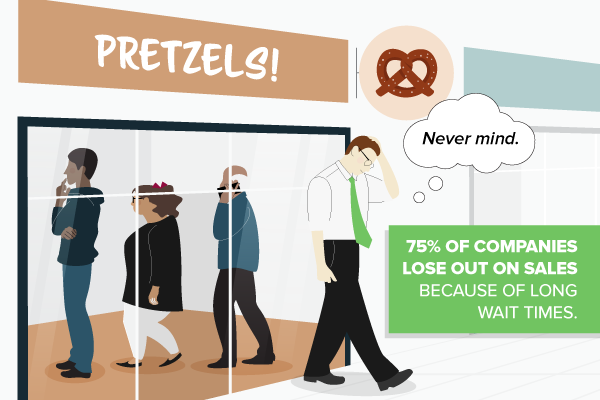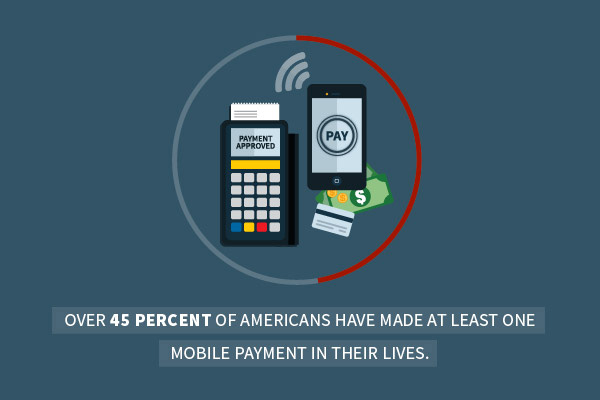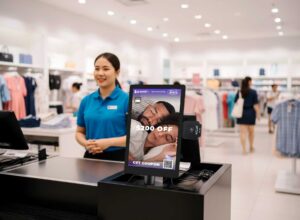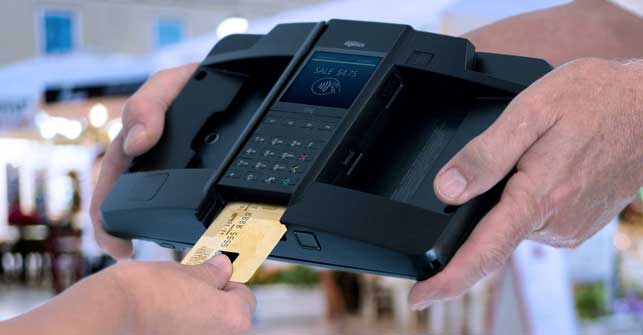
Winter Green Research forecasts that by 2018, sales of handheld POS devices are expected to reach $3.1 billion. Given that 2011 sales were $1.1 billion, that growth prediction represents a nearly 200 percent rise over the course of just seven years. A report from Juniper Research mirrors this forecast. By 2021, mobile POS systems using tablets and smartphones are expected to handle 20 percent of total retail transactions.
We’re on the upslope of an mPOS growth curve and the trend lines are hard to miss. Mobile POS systems’ increasing presence as part of retail POS solutions points to a special confluence of two factors:
- The increasing number of consumers with mobile devices possibly signaling a rise in an acceptance of their use in retail spaces.
- The growing need for “frictionless commerce.”
Given that, according to SessionM, 90 percent of shoppers browse their smartphones while shopping, customers are already used to seeing — and using — mobile devices in the retail space. Mobile POS solutions also facilitate the growing demand for frictionless retail, whereby anything that can hinder the customer experience is eliminated.
Traditional retail POS is making room for mPOS, which is impacting retail in a number of positive ways.
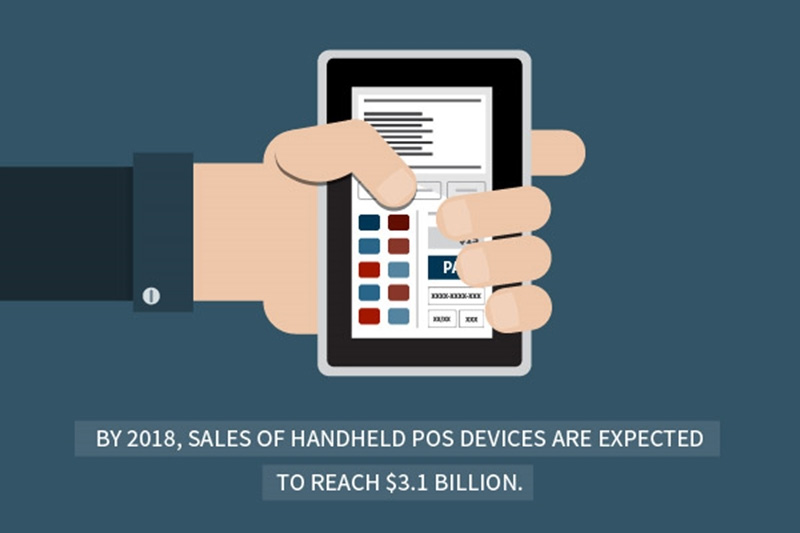
Focus on tailoring customer experience
In the age of the experience economy where customers often value experiences over the item itself, the products they do buy must be complemented by seamless customer service. Mobile POS solutions let retail associates concentrate on sharing information and presenting a story about the product, developing personal connections that lead to a better and more memorable transaction experience for the customer.
Lose the line
Traditional retail POS systems require customers to receive help or try on products in one area of the store and then migrate on over to the cash wrap or register to pay for items they decide to purchase. This dissonance between when the customer decides to buy and the actual point of purchase creates a point of friction, something mobile POS systems eliminate.
For one thing, mPOS can make quick work of long lines: all it takes is a few mobile POS units to do the job. Equally important, mPOS lets retailers ring up sales at point of decision. When a store employee helps a customer evaluate options, he or she can then immediately make the sale and limit checkout abandonment.
Fine tune intelligence gathering
Accurate and up-to-date customer data is the cornerstone of effective CRM strategies. Mobile POS systems are less intrusive as employees can strike up a few comfortable talking points with customers and encourage them to share information such as email addresses. They also provide a chance to promote store loyalty programs.
Make it truly mobile
Especially advantageous for small businesses is the ease with which retail transactions can now be executed beyond the brick-and-mortar store walls. Mobile POS systems, especially those with integrated payment functionality, are truly that — mobile. Small and medium-sized retailers can make sales anywhere, at the farmers’ market, at tradeshows, and sync data with all in-store systems.
Almost future-proof technical operations
Using their smartphones, consumers can pay with mobile wallet options such as Apple Pay and Android Pay. While slow to be adopted initially, such NFC proximity mobile payments are fast gaining traction especially among younger consumers. eMarketer predicted that by 2016, there will be 37.5 million users in the United States alone, and that by 2017, 37 percent of 25- to 34-year-olds will have adopted the technology. Mobile POS systems offer more flexible integration of these new technologies with solutions that are easier to implement and scale up. Mobile POS solutions are more nimble and easier to future-proof than traditional retail POS systems that are clunkier and more expensive to upgrade as new technologies become available.
While the very features that make mobile POS systems attractive to retailers might also render them vulnerable to data breaches, their many advantages present an attractive proposition to retailers large and small and will continue to impact retail in the near and long-term future.
Learn more about mPOS and Mobile Payments
Related Articles:
Featured
The stage is set for increased mobile payment adoption. Are your clients equipped to accept NFC payments?
In the rush to buy “must have” gifts for kids, spouses and co-workers, there is one other, less enjoyable accessory to Christmas time: lines, and lots of them. Here’s how to combat lines during the holiday season.
Brick-and-mortar retailers and e-commerce companies are in the midst of a game of one-upmanship, a battle that features each side vying for a larger slice of the customer-loyalty pie.
Cloud computing makes maintaining and obtaining vast amounts of data possible. But do cloud-based point of sale systems offer advantages in other respects? You be the judge.
Here are 5 POS system traits that food trucks can’t afford to do without.
An increasing number of supermarkets are supplying patrons with a plethora of payment possibilities – with mobile POS in particular gaining traction.
Here are a few of the concept trends the National Restaurant Association expects in 2018, several of which are tailor-made for mobile POS solutions.
What you need to know about Apple Pay and Google Pay
Mobile point of sales systems give business owners the competitive advantage they need to stay one step ahead of rivaling retailers.
Nearly 9 in 10 consumers – 87 percent – say they’ll be scouring retail store aisles in search of the perfect holiday gifts, according to recent polling.


